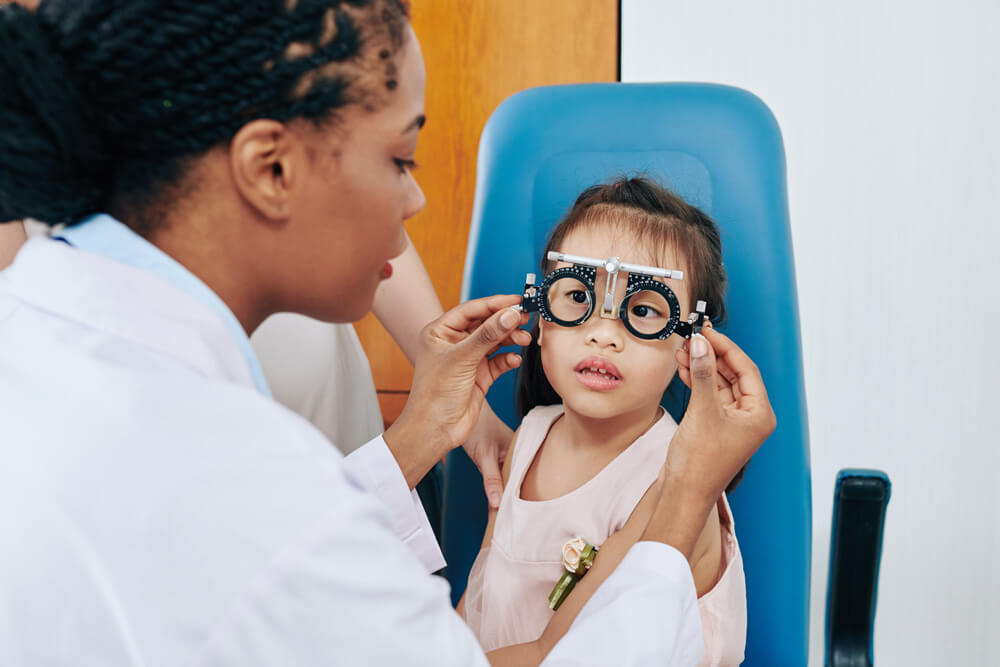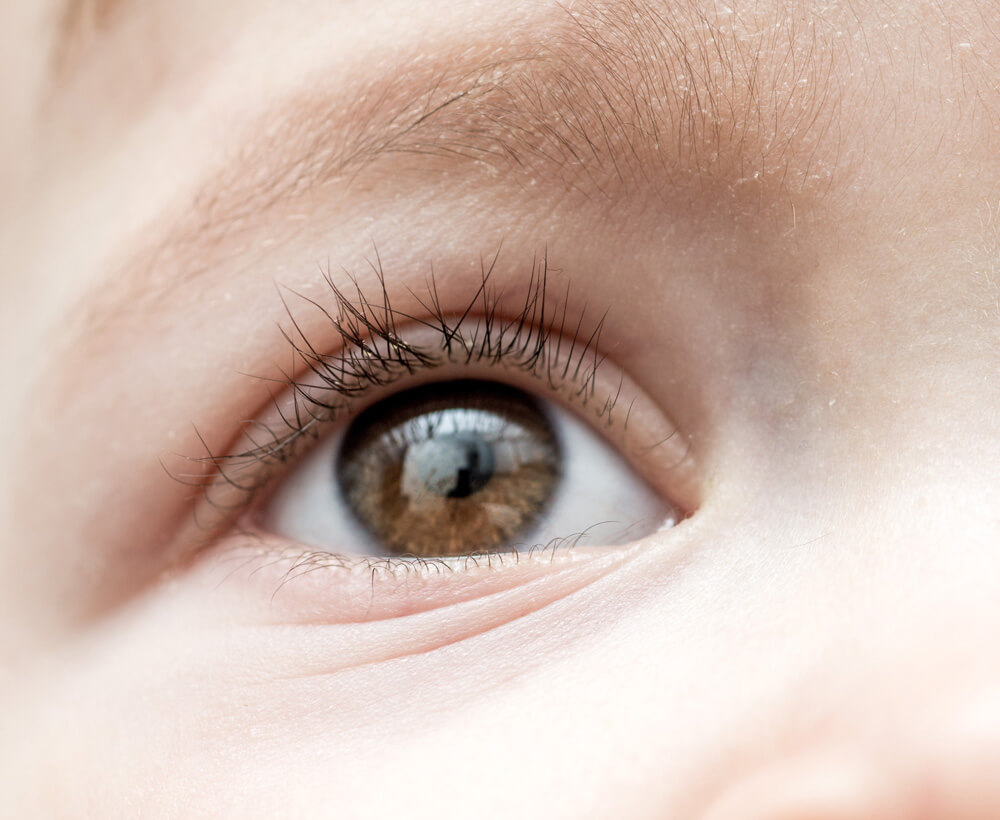- Find a Doctor
- Services & Specialties
-
-
Services & Specialties
-
-
-
-
- Find a Location
- News & Resources
-
-
News & Resources
- Welcome Our Newest Doctors
- Latest News
- Learn More About Our Surgery Centers
- Why Proliance Surgeons?
- Meet Our Leadership
- Meet Our Board
- Contact Us Today
- Pay My Bill
- Career Opportunities
- Mission, Vision, Values
- Phreesia FAQ
- Insurance Plans
- Medical Records
- Balance Billing Protection Act
- PELTO Health Partners
- Revenue Cycle Credit Resolution
- Proliance Surgeons Foundation
- 24/7 Care Info
-
-
-
-
- Pricing
Pediatric Cataracts
Cataracts are often associated with older adults and seniors, but the condition can develop in children, in which case it is called pediatric cataracts. While rare, cataracts in children and infants can pose complications and result in other conditions that affect the eye and vision.

What are Pediatric Cataracts?
Cataracts are when changes in the lens of the eye cause it to become less clear and transparent, giving them a cloudy or misty vision. The transparent structure affected is the lens, which is just behind the pupil, and allows light to pass through to the retina ( the light-sensitive layer of tissue at the back of the eye.).
When children or infants have cataracts, they can be present at birth (congenital cataracts) or develop after birth, whether in infancy or adolescence (acquired cataracts). The condition can occur in one or both eyes and at different degrees may appear in different parts of the lens, and range in size from tiny dots to larger clouds.

Symptoms of Cataracts in Children
When a child is developing cataracts and is very young, it can be hard to detect signs of them, but there are symptoms of pediatric cataracts to look for:
- poor vision, usually showing in a child as difficulty recognizing and following objects and people with their eyes
- wobbling eyes or nystagmus, rapid and uncontrolled eye movements
- strabismus, eyes pointing in different directions and is sometimes referred to as crossed eyes or a squint
- a white or gray pupil
- cloudiness in the lens of the eyes, whether as a spot or larger cloudiness.
It can be difficult to notice the signs of cataracts, but during infancy, the eyes are routinely checked at newborn physical screenings. If congenital cataracts are suspected, a specialist will be recommended. It’s important to catch pediatric cataracts as early as possible so treatment can be pursued to reduce the risk of long-term vision problems.
Childhood Cataracts Causes
The specific causes of pediatric cataracts aren’t completely understood, but rather a combination of causes and factors can lead to pediatric cataracts:
- Infections during pregnancy, such as rubella, toxoplasmosis, CMB, chickenpox, and herpes simplex virus
- Genetics, such as inherited from the parents or Down’s syndrome
- Injury to the eye following birth
For acquired cataracts, several causes have been identified:
- galactosaemia: when sugar galactose cannot be broken down by the body
- diabetes
- toxocariasis: a rare parasitic infection that can spread to the eyes.
- Injury to the eye
Cataract Treatments
Cataracts in children are usually mild and have little to no effect on their vision, but in cases where it is, the cataract can slow or stop the development of proper vision. When it is affecting a child’s vision, surgery is recommended to remove the lens that has the cataract as soon as possible to replace it.
Surgery for cataracts usually takes between one to two hours and is performed by an ophthalmologist, under general anesthetic. The surgery can be performed on newborns, between one to two months of age, if the cataracts were present at birth.
During the surgery, drops are applied to dilate the pupil before a small cut is made on the cornea to remove the cloudy lens. The lens can be replaced with a clear plastic one called an intraocular lens (IOL) or an intraocular implant. While these are both options, it is more common for infants and younger children to be given contact lenses or glasses to compensate for the removed natural lens.
Following the operation, children will stay in the hospital overnight and will need prescribed eye drops to reduce swelling and inflammation every two to four hours.


